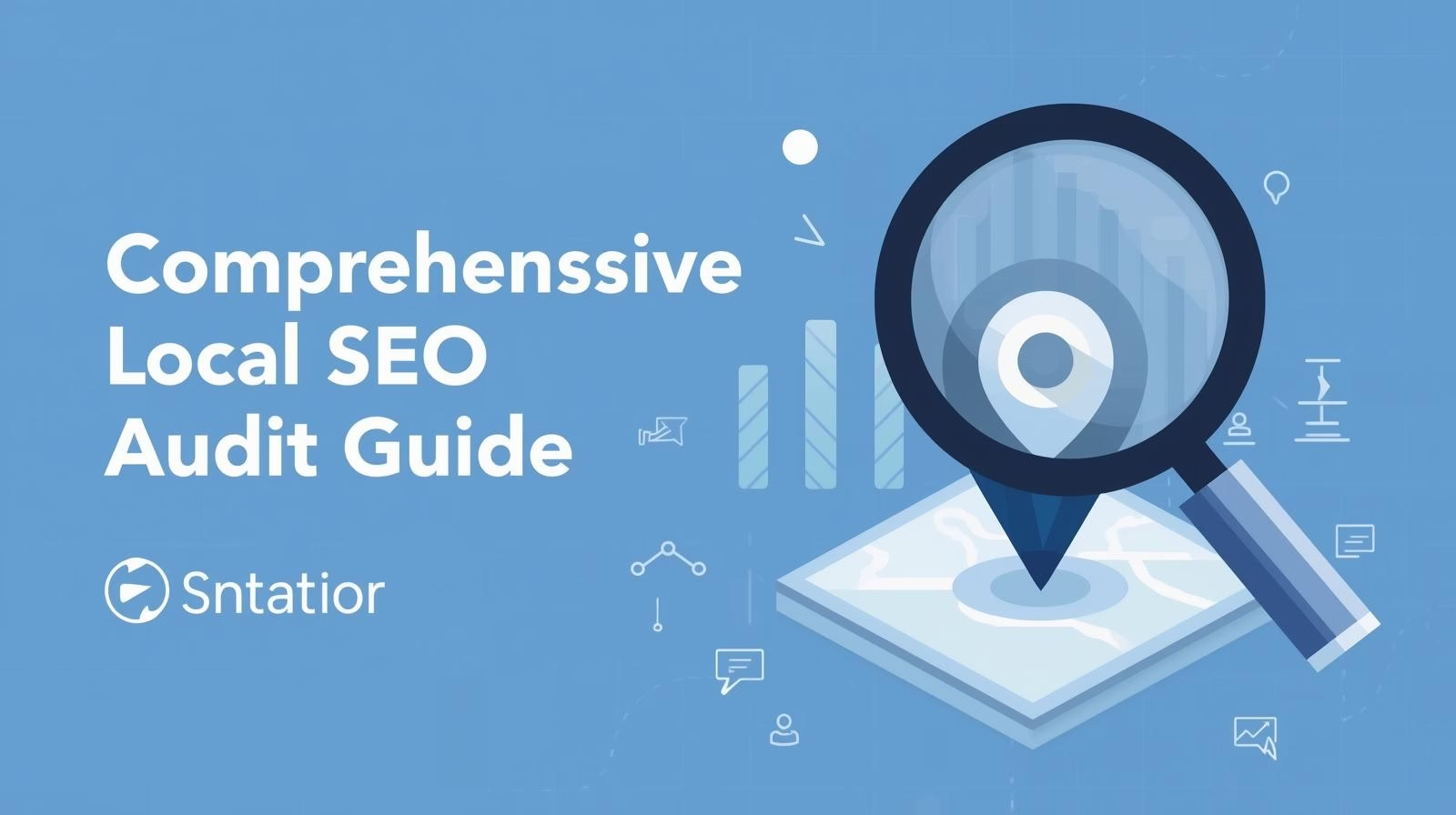Imagine typing a query into Google and receiving a comprehensive, AI-generated answer that summarizes the entire web—not just a list of links. This is already happening with AI Overviews, a transformative feature in Google Search that leverages artificial intelligence to provide direct, contextual responses to user queries. For content creators and SEO professionals, this shift represents both a challenge and an opportunity. Traditional SEO tactics are no longer sufficient; we must now adapt to Generative SEO (GEO), a new discipline focused on optimizing content for AI-generated search experiences. In this article, we’ll explore what AI Overviews are, how they work, and practical strategies to ensure your content thrives in this new era. By the end, you’ll be equipped with the knowledge to harness the power of AI-driven search and future-proof your SEO strategy .
What Are AI Overviews and How Do They Work?
Understanding Google’s AI-Powered Search Experience
AI Overviews are part of Google’s broader initiative to integrate generative AI into search, providing users with summarized, well-sourced answers to complex queries. Instead of merely displaying “ten blue links,” Google now uses advanced AI models (like Gemini) to analyze vast amounts of web content and generate concise, informative overviews. These overviews often include citations to sources, multimedia elements, and follow-up suggestions, creating a more interactive and satisfying user experience .
The Technology Behind AI Overviews
Google’s AI systems use a technique called “query fan-out,” where a single query is broken down into subtopics, and multiple searches are executed simultaneously. This allows Google to dive deeper into the web, gather diverse perspectives, and synthesize a coherent response. The AI considers factors like relevance, authority, and freshness of content, prioritizing sources that demonstrate E-E-A-T (Experience, Expertise, Authoritativeness, and Trustworthiness) .
Why Generative SEO (GEO) Is Essential for Modern Content
The Shift from Traditional SEO to GEO
Traditional SEO focused on keyword optimization, backlinks, and technical precision. However, with the rise of AI Overviews, the game has changed. Generative SEO emphasizes:
Contextual Relevance: Content must comprehensively address user intent and related subtopics.
Multimodal Integration: Incorporating images, videos, and structured data to support AI understanding.
User-Centricity: Prioritizing user satisfaction through engaging, original, and valuable content .
The Impact of AI Overviews on Traffic and Visibility
While some fear that AI Overviews may reduce click-through rates to websites, Google reports that clicks from AI Overviews are often higher quality, with users spending more time on sites they visit. This is because AI Overviews provide context, helping users find more relevant supporting links. However, to benefit, your content must be optimized for visibility in these AI-generated responses .
Key Strategies to Optimize for AI Overviews and Generative SEO
1. Focus on Unique, Value-Driven Content
Google emphasizes that unique, non-commodity content is paramount for success in AI search experiences. Avoid generic posts; instead, provide original insights, firsthand experiences, and in-depth analysis. Google’s AI seeks content that “adds unique value” and satisfies user needs .
Actionable Tip: Conduct gap analysis to identify underserved topics in your niche. Use tools like LowFruits or Semrush to find low-competition keywords with high intent .
2. Structure Content for AI and Human Readability
AI Overviews rely on well-structured content to easily extract information. Use clear headings (H2, H3), bullet points, and semantic keywords to enhance readability.
Actionable Tip:
Implement Topic Clusters: Create pillar pages covering broad topics and link to related subtopic pages (e.g., a pillar page on “Generative SEO” linked to articles on “AI Overviews” or “Structured Data”) .
Use Descriptive Headings: Instead of “Strategy 1,” use “Optimize for E-E-A-T with Firsthand Experience” .
3. Leverage Structured Data and Schema Markup
Structured data helps AI systems understand your content’s context. Ensure your schema matches visible content and follows Google’s guidelines.
Actionable Tip: Use schema types like Article, FAQPage, or HowTo to increase eligibility for rich results and AI Overview citations .
4. Prioritize E-E-A-T and Firsthand Experience
Google’s AI prioritizes content demonstrating Experience, Expertise, Authoritativeness, and Trustworthiness. Showcase author credentials, cite reputable sources, and share personal experiences to build trust.
Actionable Tip: Include author bios with qualifications and add customer testimonials or case studies to validate claims .
5. Optimize for Multimodal Search
AI Overviews often incorporate images, videos, and interactive elements. Ensure your content includes:
High-Quality Visuals: Use original images with descriptive alt text.
Video Content: Optimize video transcripts and metadata for AI crawling .
Structured Data for Products: Keep Google Merchant Center and Business Profile updated for local and e-commerce visibility .
6. Build Authority Through Internal and External Linking
Internal Linking: Link related content to establish topical authority and help AI understand your site structure. Use descriptive anchor text (e.g., “Learn about Generative SEO strategies”) .
External Linking: Cite authoritative sources (e.g., industry studies or reputable blogs) to boost credibility. Avoid low-quality links .
7. Monitor and Adapt with AI Tools
Use AI-powered tools like Copy.ai‘s SEO Title Generator or Ahrefs to generate optimized titles and analyze performance. Tools like Yoast SEO or All in One SEO can provide real-time optimization feedback .
The Future of AI in Search: What to Expect
Google is rolling out AI Mode, an advanced search experience with deeper reasoning, multimodal capabilities (e.g., using camera inputs for live search), and agentic features (e.g., booking tickets directly). For SEO, this means:
Hyper-Personalization: Content may be tailored to user context (e.g., past searches or Gmail data).
Deeper Content Analysis: AI will generate expert-level reports from hundreds of sources .
Increased Emphasis on Originality: AI-generated content without value addition may be penalized.
FAQ Section: People Also Ask
1. How do AI Overviews affect click-through rates to websites?
While AI Overviews provide direct answers, they often include citations and links for deeper exploration. Google reports that clicks from AI Overviews are more engaged and likely to convert, as users receive better context before visiting .
2. Can I opt out of appearing in AI Overviews?
Yes, site owners can use meta tags (e.g., nosnippet, max-snippet, or noindex) to control how their content appears in AI Overviews. However, this may limit visibility in all search formats .
3. How important are long-tail keywords for Generative SEO?
Very important! Long-tail keywords align with natural language queries used in AI-driven search. Tools like LSI Graph or Google’s “People Also Ask” can help identify related terms .
4. Does Google penalize AI-generated content?
Google prioritizes original, helpful content regardless of its origin. However, content must demonstrate E-E-A-T and avoid being shallow or repetitive. AI-generated content without human refinement may not perform well .
5. How can I make my content eligible for AI Overview citations?
Focus on providing comprehensive, well-sourced information on topics with clear search intent. Use structured data, authoritative links, and multimedia elements. Google’s AI favors content that answers questions thoroughly .
Embrace the Change and Stay Ahead
AI Overviews and Generative SEO are reshaping the search landscape, but the core principle remains: create valuable, user-first content. By adapting your strategy to prioritize E-E-A-T, structure, and multimodal integration, you can position your content for visibility in AI-driven search experiences. Start by auditing your existing content, implementing structured data, and experimenting with AI tools to streamline optimization. The future of SEO is here—are you ready?


